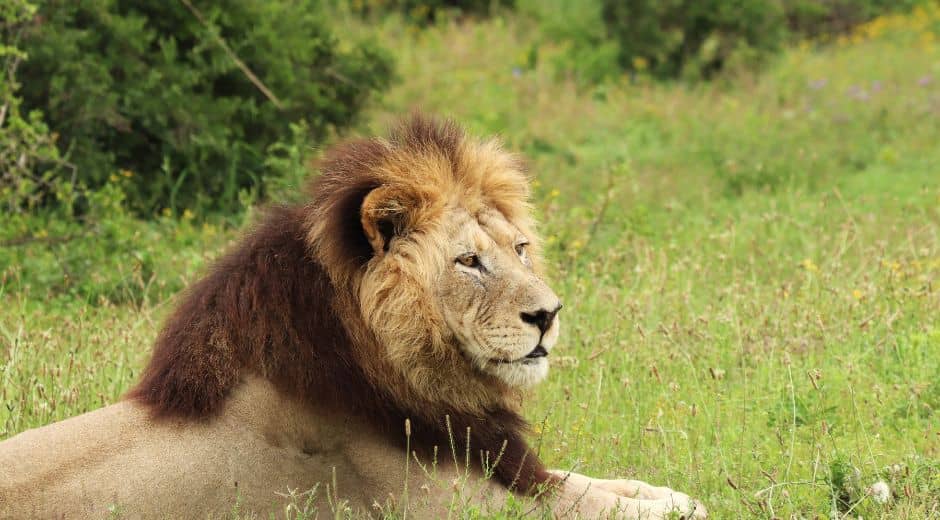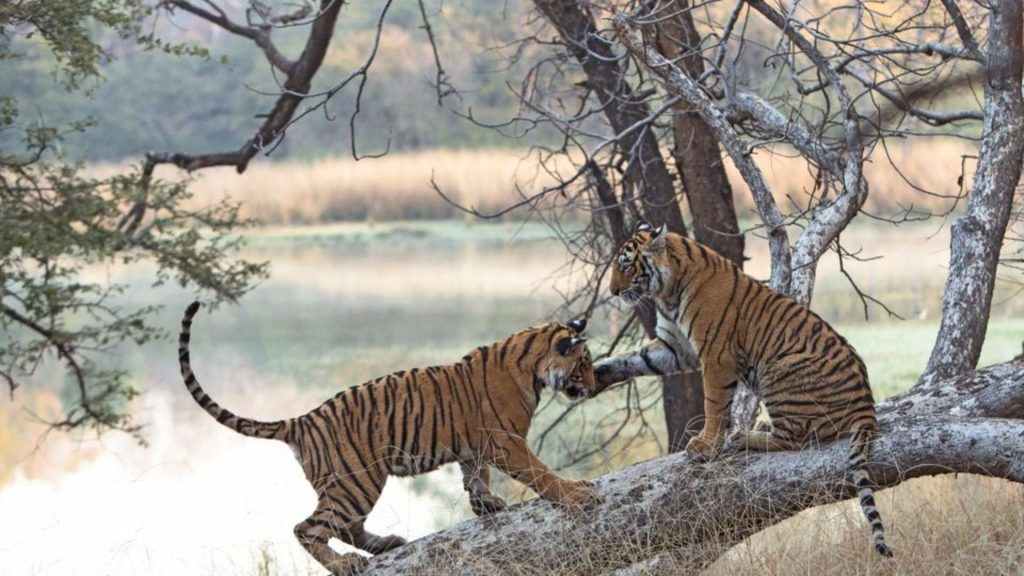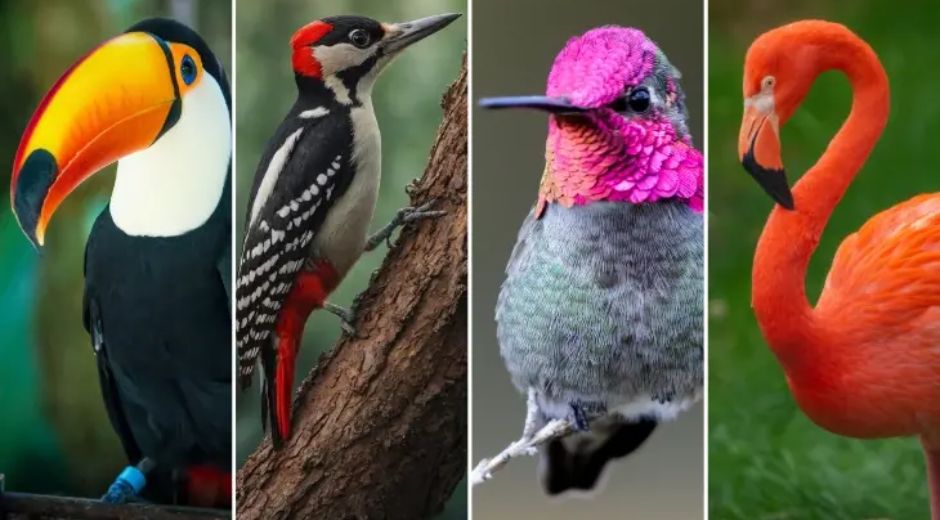Silent Sentinels: Why Bats Matter and Face Threats
Silent Sentinels: Why Bats Matter and Face Threats
Bats are among the most misunderstood creatures on Earth. Often linked to superstition, fear, and night-time mystery, they rarely receive the recognition they deserve for the critical ecological roles they play. Yet, these Silent protectors of the night are essential to the stability of forests, farms, and entire ecosystems. Their unique abilities make them pollinators, pest controllers, seed dispersers, and indicators of environmental health.
These Silent mammals communicate through echolocation, a natural sonar that allows them to hunt and navigate in total darkness. Their precision and coordination make them Silent models of biological intelligence, inspiring researchers to study their acoustic patterns for new technologies.
However, rising threats such as habitat loss, disease, climate shifts, and human pressure are pushing many bat species closer to endangerment. Understanding their importance is a first step toward protecting not only them, but also the ecosystems that depend on their presence.
This article explores how these remarkable mammals keep nature functioning, why they are in danger, and what can be done to ensure their survival.
The Ecological Role of Bats
There are more than 1,400 species of bats worldwide, making them the second largest group of mammals after rodents. Their diversity of diets and habitats makes them key contributors to multiple stages of ecosystem development and maintenance.
1. Natural Pest Control
Many bat species consume insects, including beetles, moths, and mosquitoes. A single bat can eat thousands of insects in just one night. This provides significant agricultural benefits by reducing the need for chemical pesticides.
Farmers in several regions have reported increased crop yields in areas with strong bat populations. Without their nightly feeding activities, insect populations would grow rapidly, damaging crops and disrupting natural plant growth cycles.
2. Pollination and Plant Fertility
Fruit-eating and nectar-feeding bats pollinate over 500 plant species. This includes economically significant crops such as bananas, mangoes, figs, and agave. Without bats, entire fruit-bearing ecosystems could collapse, particularly in tropical and subtropical regions.
These Silent nighttime pollinators often reach flowers that bees or birds cannot due to shape or location. They ensure that plant reproduction continues in environments where other pollinators are not active after dark.
3. Forest Regeneration
Seed dispersal is another critical ecological service performed by bats. Many rainforest plants rely on bats to transport seeds away from parent trees, helping forests expand and regenerate after storms, fires, or logging.
Their role in reforestation is vital for maintaining biodiversity, restoring lost habitats, and stabilizing soil and water cycles.
Why Bats Are at Risk
Despite their importance, many bat species are experiencing rapid declines. There are several interconnected causes.
Habitat Loss
Deforestation, agriculture expansion, and rapid urbanization are destroying roosting and feeding grounds. Caves are sealed, old trees are removed, and natural corridors disappear, forcing bats into smaller areas with fewer resources.
Disease
One of the most severe threats in North America is White-nose Syndrome, a fungal infection that disrupts bats during hibernation. It has killed millions of bats in the last two decades and continues to spread.
Diseases can easily devastate populations due to bats’ slow reproduction rates. Most species give birth to only one pup per year.
Climate Pressure
Changes in temperature and weather cycles influence insect availability, migration patterns, and hibernation behavior. When bats wake too early or cannot find enough food, they become weakened or die.
Human Fear and Misconception
Negative myths often lead to discriminatory actions. In some regions, caves are burned or colonies are destroyed due to fear, even when the bats pose no danger.
Reliable educational resources, such as those available on https://www.animalplanet.com/, help encourage understanding and reduce harmful behaviors based on misinformation.
Economic and Environmental Impact
Without bats, ecosystems would grow weaker and agricultural productivity would decrease. Increased insect populations would force greater pesticide use, raising costs and reducing soil and water quality.
In fact, studies estimate that natural insect control provided by bats saves global agriculture billions of dollars every year. When we value the environmental services of these Silent workers, we also support economic sustainability.
Similar to how investors evaluate long-term ecological stability and environmental impact in green finance markets, organizations like https://financeworldhub.com/ discuss how biodiversity protection aligns with future economic resilience. Protecting bats is not only an ecological priority, but a strategic investment in sustainable growth.
What Conservation Looks Like
Efforts to protect bat populations include habitat protection, research funding, and improved public awareness.
Key conservation strategies:
Protecting caves and natural roosting locations
Limiting disturbance and fencing access where necessary.Planting native fruiting and flowering plants
Supporting both insect-eating and nectar-feeding species.Reducing pesticide usage
Encouraging natural pest control through preserved biodiversity.Supporting responsible tourism in bat-rich environments
Well-managed eco-tourism helps fund protective measures and shift public perception.
Many of these strategies are discussed and supported by ongoing educational outreach through platforms like https://zoopora.com, which connect wildlife conservation topics to broader audiences in meaningful and accessible ways.
How Individuals Can Help
Even small actions can contribute to larger conservation efforts:
Support organizations that protect bat habitats.
Participate in awareness campaigns to dispel harmful myths.
Install bat houses in gardens or local community spaces.
Avoid disturbing roosting sites, especially during breeding seasons.
Advocate for reduced pesticide use and responsible land management.
The survival of these Silent guardians depends on a mix of ecological preservation, respect, and informed action.
Conclusion
Bats are not simply creatures of the night. They are vital caretakers of our forests, crops, and ecosystems. Their roles in pollination, seed dispersal, and pest control make them essential to global ecological stability. Yet, their populations face increasing threats that require immediate attention.
By understanding their value, supporting conservation initiatives, and promoting informed awareness, humanity can ensure the continuation of these remarkable animals. Their presence in the world remains a Silent sign of environmental balance and natural health.
Protect the Silent sentinels, and we protect the future of our shared planet.
Wildlife Behavior Curiosity

Training and Trust: Building a Stronger Bond with Your Pet
Discover why biodiversity is vital for ecosystems, climate balance, and human survival, and how conservation protects life’s intricate web.

Biodiversity: The Foundation of Earth’s Living Systems
Discover why biodiversity is vital for ecosystems, climate balance, and human survival, and how conservation protects life’s intricate web.

Adaptation: How Animals Evolve to Survive Changing Worlds
Explore how adaptation helps animals survive climate shifts, predators, and new environments, revealing nature’s incredible resilience.












